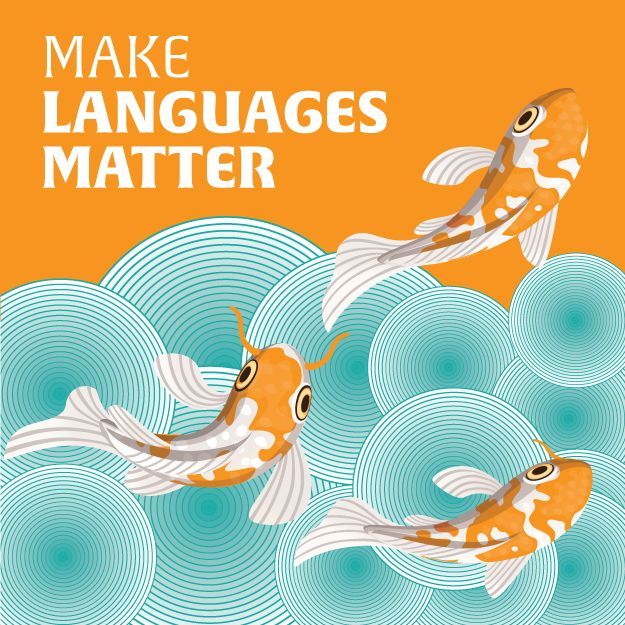A brief history of language teaching
For as long as humans have travelled to other lands, they have studied other languages. Approaches to language teaching have evolved considerably over the centuries thanks to developments in our understanding of how people acquire language.
As well as scientific approaches, language pedagogy has also seen its fair share of fads and fashionable, experimental methods over the years. From the reliance on dreary sentence translation to the use of Baroque music to create an optimal learning environment, language learning has been a fertile field for innovation.
While language pedagogy has seen dozens of distinct methods emerge, they have followed several broad trends. From the 1600s to the 1900s, language learning was seen primarily as a scholarly pursuit, and therefore was only really for the very wealthy or the highly educated. The focus was on learning grammar, and not on being able to actually speak the language.
In the 20th Century, more humanistic approaches to learning were starting to emerge. The emphasis was shifting towards engaging the learner as a whole, rather than just their mind. This holistic, learner-centred style replaced the more authoritarian approaches of the past.
In the 1970s and 1980s, language teaching started moving towards our modern communicative methods. Academics started observing how children learn their first language and applying their findings to second language acquisition.
We have put together a timeline of the key language teaching approaches of the last 200 years. You may find some familiar elements, and some you’re probably glad are no longer in vogue!
ELT (English Language Teaching) methods – applied to other target languages
1800s - Grammar Translation Method
In this method, grammar was seen as central to language learning. A concept was presented and practised through translating sentences into and out of the target language – usually Latin or Ancient Greek.
1900s - Direct Method
The Direct Method involved students making direct associations between objects or concepts and the corresponding words in the target language. Teachers frequently used images, objects and realia to represent the vocabulary.
1920s - The Oral Approach
Unsurprisingly, this approach focused on speaking – and listening. Language was presented in everyday scenarios, and students had to mainly listen and repeat. Lessons were based around the principles of selection, gradation and presentation.
1940s - The Audiolingual Method
This language teaching approach, nicknamed the “Army Method”, was developed in the US after World War 2. It was created in response to the need for the military to acquire language skills quickly. It focused on intensive oral drilling of the target language.
Humanistic approaches start to emerge
1960s - Situational Language Teaching
Situational Language Teaching was in many ways similar to the Oral Approach and the Audiolingual method. It emphasised presenting grammar and vocabulary in real-life situations, and prioritising oral and aural skills over linguistic accuracy.
Total Physical Response
Total Physical Response language teaching focused on giving students instructions and commands that encouraged physical movement. Similar to children learning their first language, the initial focus was on receptive skills before developing productive skills.
1963 - The Silent Way
As the name suggests, the Silent Way was based on the principle that the teacher should say as little as possible, thus encouraging language production from the students.
1970s - Suggestopedia
This method, created by Bulgarian psychologist Georgi Lozanov, centred on the idea that the brain learns more under the right conditions. It therefore focused on creating a relaxing atmosphere for optimal learning, with music often featuring strongly.
Community Language Learning
Community Language Learning focused on group interest learning, with the teacher in a counsellor role, helping the client (learner) to understand.
Communicative approaches become dominant
1980s - Communicative Language Teaching
In Communicative Language Teaching, interaction is both the way people learn, and the ultimate goal of language learning. Accuracy is less important than production.
The Natural Approach
Tracy Terrell and Stephen Krashen published The Natural Approach in 1983. It assumed language would emerge spontaneously once students had heard and seen a lot of target language content.
1987 - Task-based Learning
This approach entails using authentic language to complete meaningful tasks. It was first presented in the book Second Language Pedagogy by N. Prabhu in 1987. A typical lesson is structured around 3 elements – the pre-task, the task, and the review.
1990s - The Lexical Approach
Developed by Michael Lewis, the Lexical Approach is based on the idea that language is made up of lexical units rather than grammar structures. This approach focuses on understanding and producing these lexical units.
1994 - Content and Language Integrated Learning (CLIL)
CLIL was first coined by UNICOM, University of Jyväskylä and the European Platform for Dutch Education in the mid-90s. It is a method of teaching an area of curriculum content entirely in target language. It is similar to the extremely successful Immersion approach, pioneered in Canada. It is a method which is gaining momentum in Australia and other countries who are struggling to retain enrolments in Languages.
It’s rather fitting to end this timeline with CLIL, because at Languages Roadshow we love helping teachers get started with and extend their understanding of CLIL. The Immersion method is widely agreed to be one of the most effective ways of teaching a second language, but the criteria can be hard for many schools to meet. CLIL shares the advantages of improved first-language literacy and second language competency, but it’s much more flexible so can be applied in most school contexts.
If you are curious about CLIL and would like to know more, contact me at
kelly@languagesroadshow.com.au


